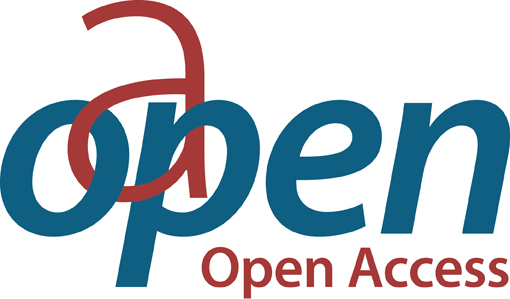Chapter Les Salviati et le troc monétarisé: des pratiques courantes au XVe siècle entre la Méditerranée et le Nord-Ouest de l’Europe
| dc.contributor.author | Scherman, Matthieu | |
| dc.date.accessioned | 2024-12-20T12:35:40Z | |
| dc.date.available | 2024-12-20T12:35:40Z | |
| dc.date.issued | 2024 | |
| dc.identifier | ONIX_20241220_9791221503470_217 | |
| dc.identifier.issn | 2975-1195 | |
| dc.identifier.uri | https://0-library-oapen-org.catalogue.libraries.london.ac.uk/handle/20.500.12657/96422 | |
| dc.language | French | |
| dc.relation.ispartofseries | Datini Studies in Economic History | |
| dc.subject.classification | thema EDItEUR::K Economics, Finance, Business and Management::KC Economics::KCZ Economic history | |
| dc.subject.other | Salviati | |
| dc.subject.other | London | |
| dc.subject.other | Bruges | |
| dc.subject.other | Florence | |
| dc.subject.other | Bookeeping | |
| dc.title | Chapter Les Salviati et le troc monétarisé: des pratiques courantes au XVe siècle entre la Méditerranée et le Nord-Ouest de l’Europe | |
| dc.type | chapter | |
| oapen.abstract.otherlanguage | The great merchant-bankers of the Italian peninsula, particularly the Florentines, were renowned for their accounting and technical expertise. The double-entry system they used to keep their accounts is proof of their 'modernity'. It is therefore interesting to look at the practice of doing business by exchanging goods rather than by paying in cash or using bookkeeping entries as a means of balancing the books, a practice that has existed for a very long time in all areas of trade and commerce. The Salviati family of Florence is a privileged observatory for analysing trade and commercial practices, thanks to the preservation of their accounts, particularly for their branch opened in London in 1445. | |
| oapen.identifier.doi | 10.36253/979-12-215-0347-0.17 | |
| oapen.relation.isPublishedBy | bf65d21a-78e5-4ba2-983a-dbfa90962870 | |
| oapen.relation.isbn | 9791221503470 | |
| oapen.series.number | 4 | |
| oapen.pages | 12 | |
| oapen.place.publication | Florence |

